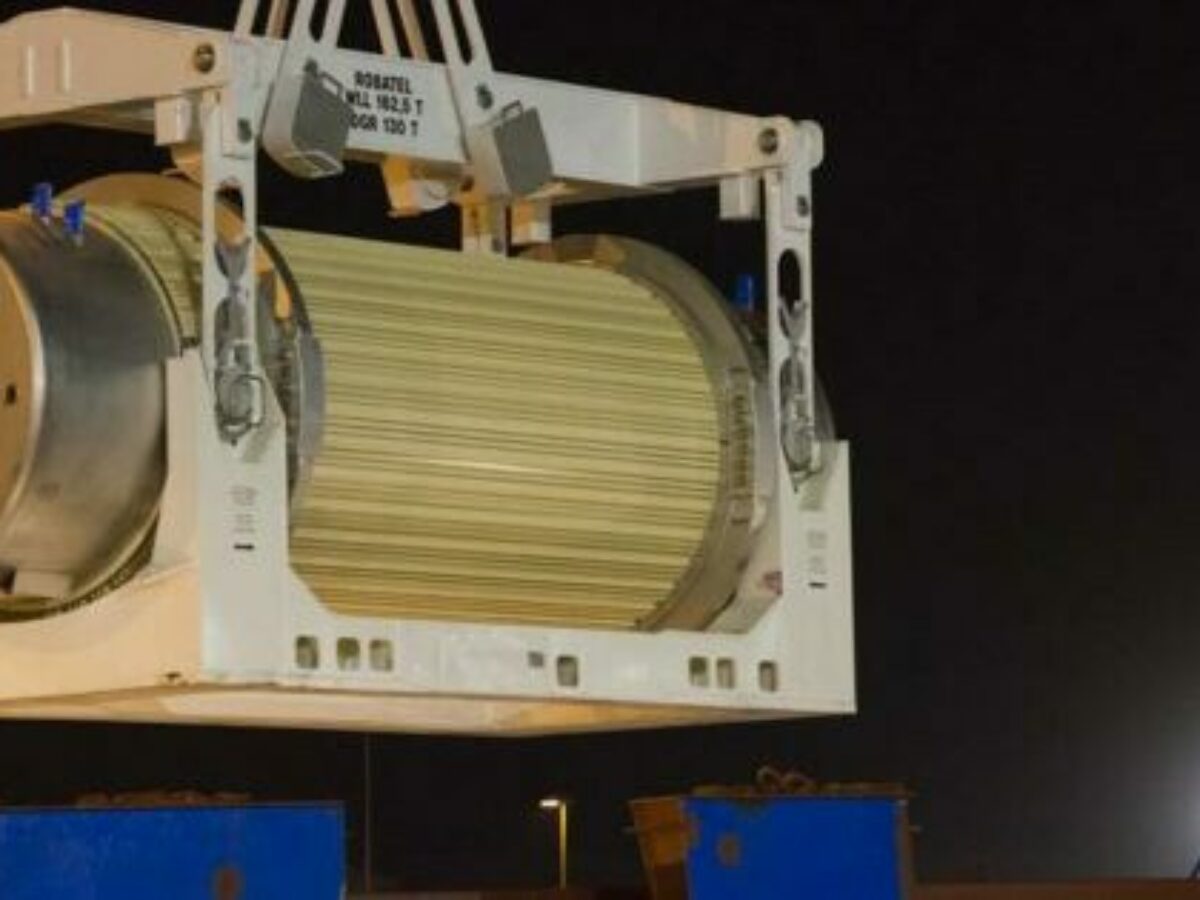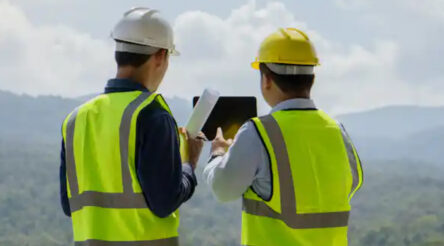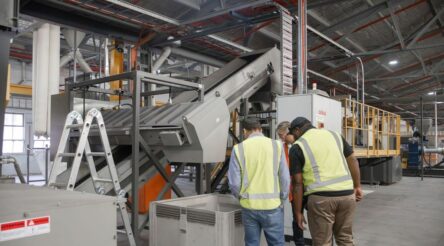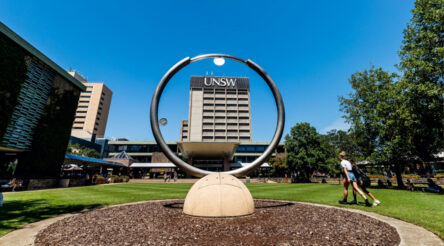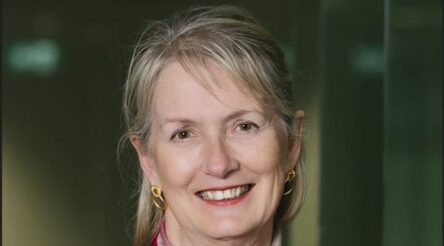A renewable hydrogen project near Waroona in Western Australia is on the pathway to production following the signing of a major, 15-year water supply agreement with Water Corporation. Frontier Energy’s Bristol Springs Green Hydrogen Project is expected to be one of the first, low-cost renewable hydrogen projects in Australia, with production expected to commence in 2025. Stage One production is forecast at approximately 4.4 million kilograms of renewable hydrogen annually, with potential to expand significantly as demand grows. Electrolysers for the first stage of the Bristol Springs Project will be powered by Frontier Energy’s 114 megawatt industrial solar farm with any excess renewable energy sold into the grid. The project is expected to create around 300 new jobs during construction and 50 additional positions during production.
State of Smart Manufacturing report released
US industrial company Rockwell Automation has published its eighth State of Smart Manufacturing report, with a global survey of 1,350 manufacturers showing twice as many believe their organisation lacks the technology needed to outpace the competition versus last year. The report understands smart manufacturing as “intelligent, real-time orchestration and optimization of business, physical, and digital processes within factories and across the entire value chain.” 45 per cent of of respondents cited “improving quality” as the main positive outcome desired from smart manufacturing initiatives, 89 per cent plan to maintain or grow employment due to technology adoption, and 36 per cent of respondents believe they will be able to repurpose existing workers due to their increasing use of technology. Of Australian companies, Anthony Wong, regional director, South Pacific for Rockwell Automation, said results showed 40 per cent planned to invest in AI in 2022-23, though they were behind US, UK and German peers. “In general, Australian manufacturers are keen to adopt new technologies,” Wong added. “Robotic process automation (RPA) is an example where 48 percent of Australian companies have already invested in the technology while 46 percent have expressed an intention to invest. This is comparable to manufacturers in the US where 49 percent have already invested in RPA.”
New chemical process boosts CO2 conversion efficiency
A new electrochemical process developed by researchers from the University of Sydney and the University of Toronto gives conversion of CO2 captured from emission sources or directly from air “more bang for buck”. According to a statement from USyd, the process can more efficiently convert captured CO2 into multi-carbon products, like ethylene, which are used in a wide range of everyday products from pharmaceuticals to plastics. The method is published in Nature Synthesis, is unusual in that it uses an acidic – not alkaline or neutral – reactive chemical, achieving a two-fold energy efficiency improvement in an experimental study compared to the team’s previous benchmark work converting CO2 to multicarbon products. “Our catalyst system allows for more multicarbon products to be converted from CO2, essentially giving carbon capture more “bang for buck” by creating a secondary market of materials,” said Dr Fengwang Li, a corresponding author from the School of Chemical and Biomolecular Engineering.
ANSTO manager recognised by Australian Nuclear Association
Lubi Dimitrovski, former Manager, ANSTO Waste Operations (1995-2012) and former General Manager Nuclear Operations (2013-2018), has received the ANA Award for 2022 in February in recognition of his leadership role in radioactive waste management in Australia. ANSTO said in a statement that Dimitrovski managed the development and upgrade of procedures and facilities for managing radioactive waste at ANSTO to the standard of international best practice and made significant contributions to national and international initiatives on the management of low and intermediate level waste. As General Manager Nuclear Operations, Dimitrovski was responsible for the safe operation of the OPAL reactor at Lucas Heights, NSW.
Budget submission urges government “sunshot”
The Business Council of Australia, Australian Council of Trade Unions, World Wide Fund for Nature-Australia ,and the Australian Conservation Foundation have made a joint federal budget submission to the 2023-24 federal budget. The Accenture-authored Sunshot in 2023: Accelerating towards Australia’s renewable exports opportunity, is the second Sunshot report published by the alliance of partners, following another in 2021. This time around they urge the federal government to commit $10 million in the budget for a Net Zero Economy Taskforce to develop a National Renewable Exports Strategy; develop a National Renewable Infrastructure Plan to urgently accelerate the development of new renewable energy in Australia; and establish and fund an independent national-level Energy Transition Authority. “Other nations like the United States are acting now, we can’t risk squandering our natural advantages and losing out on the jobs and opportunities this change can deliver,” said BCA chief executive Jennifer Westacott. “The critical minerals sector alone represents one of our biggest export opportunities which could generate $20 billion in gross value added. Australia currently holds just 1 per cent of the global market share in critical minerals refining, so we have huge opportunities to expand.”
Picture: Lubi Dimitrovski (lower left in yellow vest) with waste cannister in 2015 (credit ANSTO)



